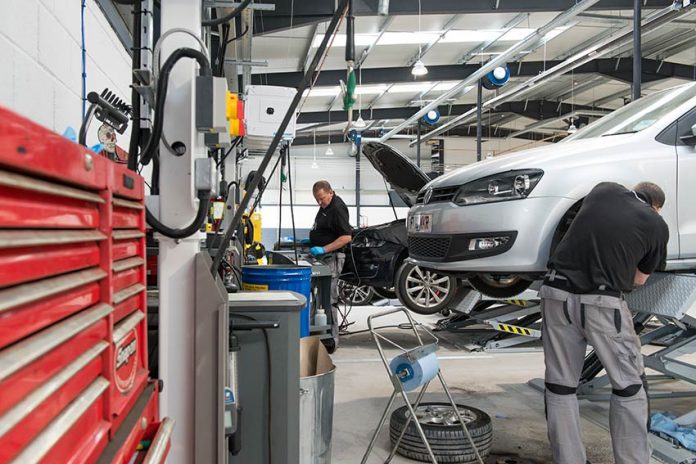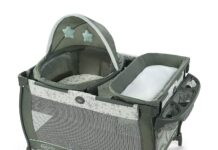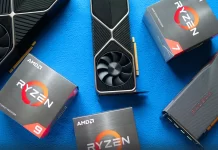Thousands of vehicles are put through a MOT test in the UK each year. And with such a volume of cars, vans, lorries and motorbikes going through the test, it’s hardly a surprise that some patterns start to emerge. Figures show that there are some MOT failure reasons which are a lot more common than others. Knowing the most common reasons for a fail could allow you to identify the most common faults and get them fixed before you submit your car for inspection. Of course, some cars might have so many faults that they fail in more than one of the most common categories. Lights Problems with your lights account for 17% of MOT failures. This includes the obvious issues such as a broken bulb, so if you have noticed one of the lights has stopped working make plans to get it replaced. Often, changing a headlight or indicator bulb is an easy task. Your car could also fail its MOT if the headlights are pointing in the wrong direction, or if your indicators don’t flash properly when in use. Tyres Another big category of MOT fails is down to faulty tyres. 14% of cars fail in this category. Most of the failures are down to inadequate tyre tread depth. This is something which is easy to check at home, all you need is a 20p coin. If you’re unsure of the technique to check depth, look at the many videos online showing you exactly what to do. Cars might also fail an MOT if other problems are detected with tyres, such as bulges, bare patches or other irregularities. Check all of your tyres. The spare isn’t inspected, so if one of your tyres is borderline, swap it for the spare. Registration Plates A surprising 14% of cars fail a MOT because of number plate problems. If you have a plate which has non-standard spacing to spell a word, or written in a different font, that’s an automatic fail. Check that the light illuminating the rear plate is working properly, and that the plates aren’t cracked or damaged. Finally, take your car through the car wash as very dirty plates can also result in a failure. Windscreen and Wipers Another 14% of cars are failing in the windscreen and wipers category. Check that your wiper blades don’t cause smears when used, and that they are free from rips or tears. If you spot any damage on the wiper blades then get them replaced. This is an easy job to do yourself, as on most cars it’s just a simple matter of sliding the old blades out, and the new ones in. Check over your windscreen for any chips or cracks. Anything which obscures the view will be a fail. And ditch the large stickers – they are also classed as windscreen obstructions. Brakes 7% of failures include issues with brakes. This is something which is harder to check yourself, so book your car in for an inspection if you are concerned that your brake pads might need replacing. These tips will take you ahead in your business.
© Copyright © 2025 All Rights Reserved | Powered by Vivavideoappz












